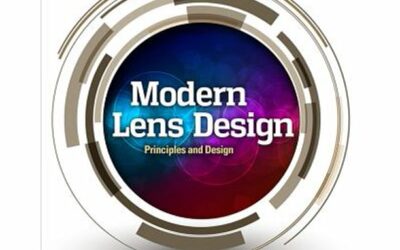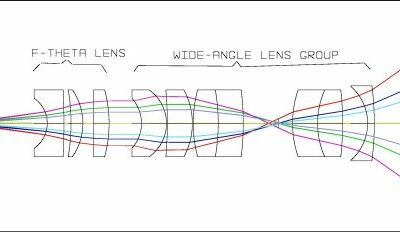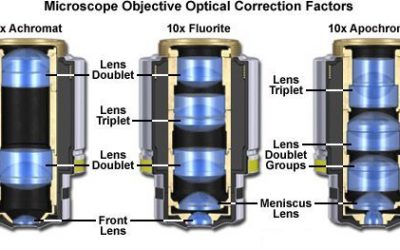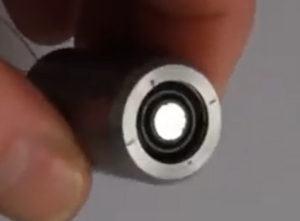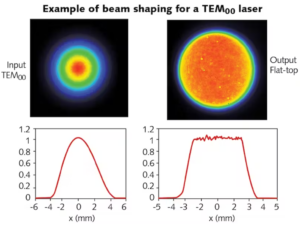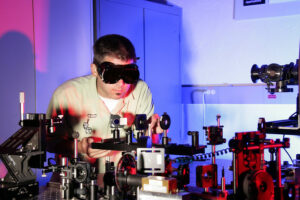Spectrophotometers are an essential analytical tool used in many disciplines including biology research, chemical and clinical labs, medical imaging and biomarker testing. They are used to detect, identify, and quantify matters in solution, including DNA, chlorophyll, and protein. They are also used for measuring the rate of photosynthesis, formula testing, water analysis, wine testing, forensics, paint color matching, and fabric color consistency.
They rely on the tested material’s spectral properties and its interaction with light. Some measure light reflected or transmitted through a sample while others measure light scattered through a sample. Fluorescence spectrophotometers measure light emitted from a sample. A light source is focused on a sample. The reflected or transmitted light is then focused on an optical diffraction grating to disperse the light, and then focused onto light detectors (CCD detector) that measure different wavelengths intensity. The read out is then relayed to a computer generating the detected light spectrum.
There are single and dual beam spectrophotometers.

Schematic of Single and double beam spectrophotometer (Courtesy of ResearchGate).
Single beam spectrophotometers measure the difference between the input and output light intensity. Their design is simpler as there are few moving parts and the optics is simple, and are useful for determining in solution matter concentration. Double beam spectrophotometers are faster, more stable, and are a better option in QC labs. They measure a reference standard in addition to the sample, thus generating a ratio of light intensities on individual light paths. In this category, you will also find split beam spectrophotometers; these use a beam splitter to simultaneously illuminate reference and sample, reaching two separate detectors. These instruments are used in spectral scans, quantitative nucleic acid analyses, and various clinical tests.
Need assistance designing a custom spectrophotometer? Learn more about our design services here.
When designing a spectrophotometer, the application and sample nature will determine the specifications needed. If stability and precision are needed, double beam splitters would be more appropriate, while cost effectiveness is a primary advantage of single beam spectrophotometers. The nature of the material in question will determine the wavelength and hence light source to be used.
In brief, the following are some questions to consider. What is the density and size of the matter to measure? What is your target sensitivity? Are you throughput analyzing and therefore need a rapid system? Will you be needing a preconfigured or custom data analysis software? What is your budget and will there be associated consumables, such as cuvettes, filters, and replacement light sources?
An experienced team will be able to align their design with your budget, benchtop space, material specs, reliability, reproducibility, and the most up to date raw materials, light sources, and data analysis software for a user friendly interface.

